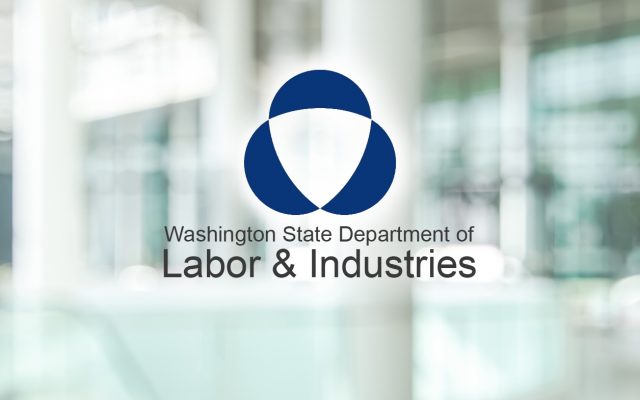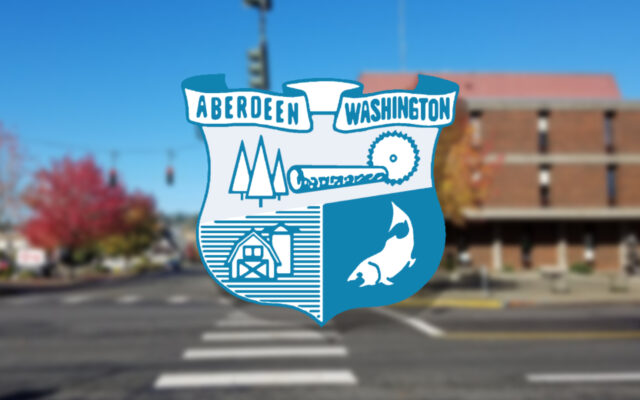New L&I rules place limits on how employers handle vaccinated workers

The Washington Department of Labor & Industries have issued new rules related to vaccine mandates in workplaces.
In a statement from L&I, they say that in response to the COVID-19 pandemic, they have amended WAC 296-800-14035 related to prohibited business activities and compliance with conditions for operations under emergency proclamations and their amendments issued under RCW 43.06.220.
Under the emergency rule:
- Employers must not allow employees to perform work where a business activity is prohibited by an emergency proclamation.
- Employers must comply with all conditions for operation required by emergency proclamation, including “Healthy Washington – Roadmap to Recovery” reopening requirements for all business and any industry specific requirements.
L&I is monitoring the emergency proclamations, information including guidance from the Center for Disease Control (CDC), and data on COVID-19 and will repeal the emergency rule if no longer needed.
This rule became effective as of Monday and is set to expire September 21, 2021.
This emergency is updated as conditions have changed due to a new Governor’s Proclamation being in effect (Proclamation 20-25.13 issued on May 21, 2021).
In updated rules as of last week, L&I updated guidance that employers must take, while allowing for fully vaccinated workers in many sectors to remove their masks.
In an update from May 21, 20121, L&I added additional guidance;
- Fully vaccinated employees do not have to wear a mask or socially distance at work, unless their employer still requires it.
- Before ending mask and social distance requirements, employers must confirm workers are fully vaccinated — by having the worker either sign a document attesting to their status or provide proof of vaccination.
- Employers must be able to demonstrate they have verified vaccination status for workers who are not masked or physically distanced. Verifications methods may include:
- Creating a log of workers who have verified they’ve been vaccinated and the date of verification,
- Checking vaccination status each day as workers enter a jobsite, or
- Marking a worker’s badge or credential to show that they are vaccinated.
Other methods demonstrating an employer has verified worker vaccination status may also meet the standard.
- When verifying an employee’s vaccine status, acceptable documentation includes a CDC vaccination card, a photo of the card, documentation from a health care provider, a signed attestation from the worker, or documentation from the state immunization information system.
- Evidence of the verification system must be available to L&I upon request.
What’s staying in place:
- Employers may still require mask use if they choose, and with some exceptions, employers must allow employees to wear a mask or other protective equipment if they choose to, regardless of vaccination status.
- If an employee is not fully vaccinated or their vaccination status is unknown, employers must continue to require masks and social distancing.
- The new guidance does not change masking rules for health care settings like hospitals, long-term care facilities, or doctor’s offices; correctional facilities; homeless shelters; or schools. And the federal order requiring masks on public transportation remains in place.
- Employers cannot fire or discriminate against an employee who is at high risk of contracting COVID-19 and is seeking accommodation that protects them from COVID-19 exposure.
- Unvaccinated individuals are still required to wear face coverings in all public spaces.
Employers are encouraged to check with their local public health agency, which may have more stringent requirements or recommendations for masking and social distancing.
Along with the new guidance for employers, L&I and the Department of Health will also be updating the joint Temporary Worker Housing emergency rule, as a result of the new CDC guidelines.
For more information visit: DOSH Directive 1.70 and DOSH Directive 11.80.
You Might Also Like



